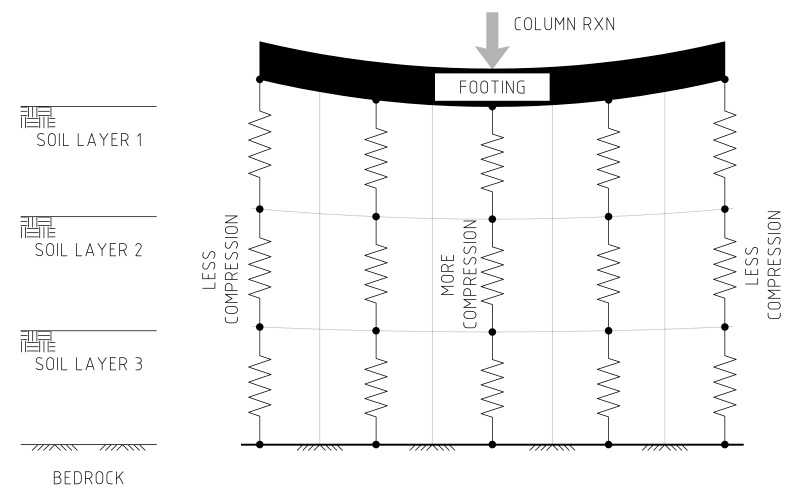NBRY1
Civil/Environmental
- Dec 7, 2016
- 58
Is it reasonable to use rigidity factors? I would like to hear back from engineering community on this.
Some texts say they can be used if the site is well understood; but most engineers ignore for conservatism.
I haven't seen anything stating they should not be used.
Some texts say they can be used if the site is well understood; but most engineers ignore for conservatism.
I haven't seen anything stating they should not be used.

![[idea] [idea] [idea]](/data/assets/smilies/idea.gif)
